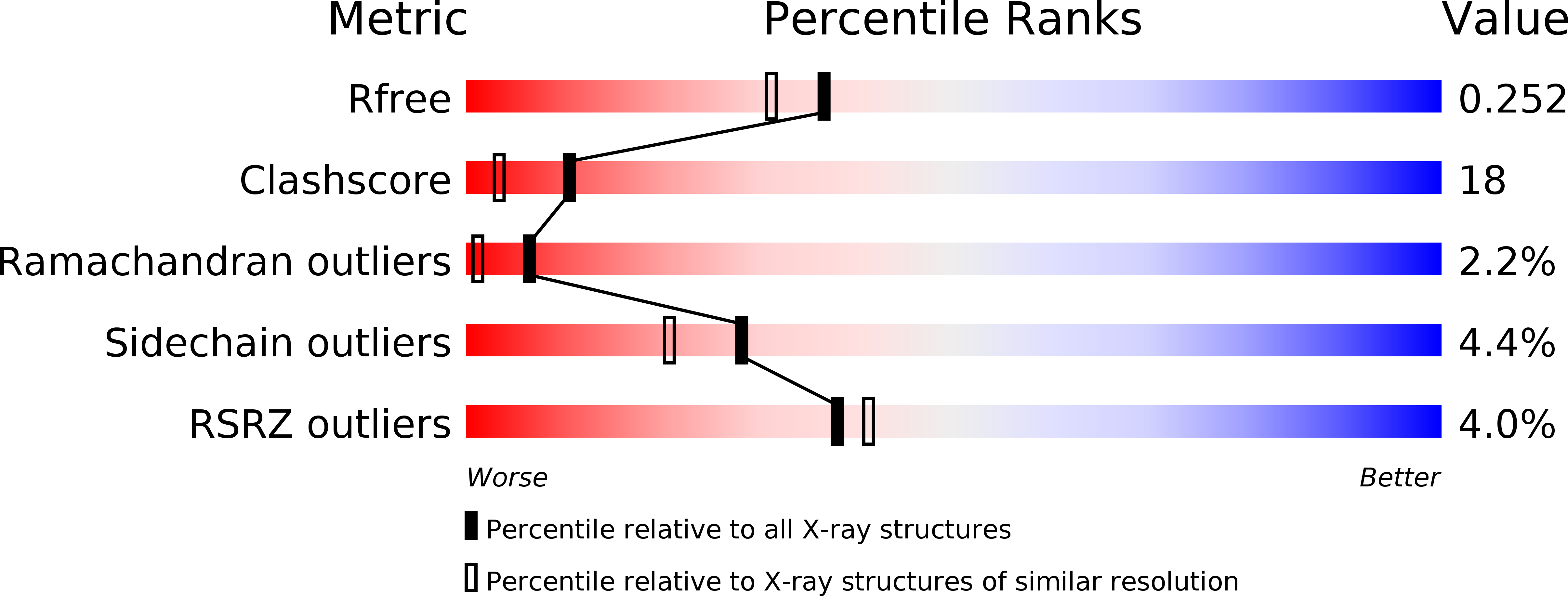
Deposition Date
2010-12-31
Release Date
2011-04-20
Last Version Date
2024-11-06
Method Details:
Experimental Method:
Resolution:
2.05 Å
R-Value Free:
0.25
R-Value Work:
0.20
R-Value Observed:
0.21
Space Group:
I 41 3 2


